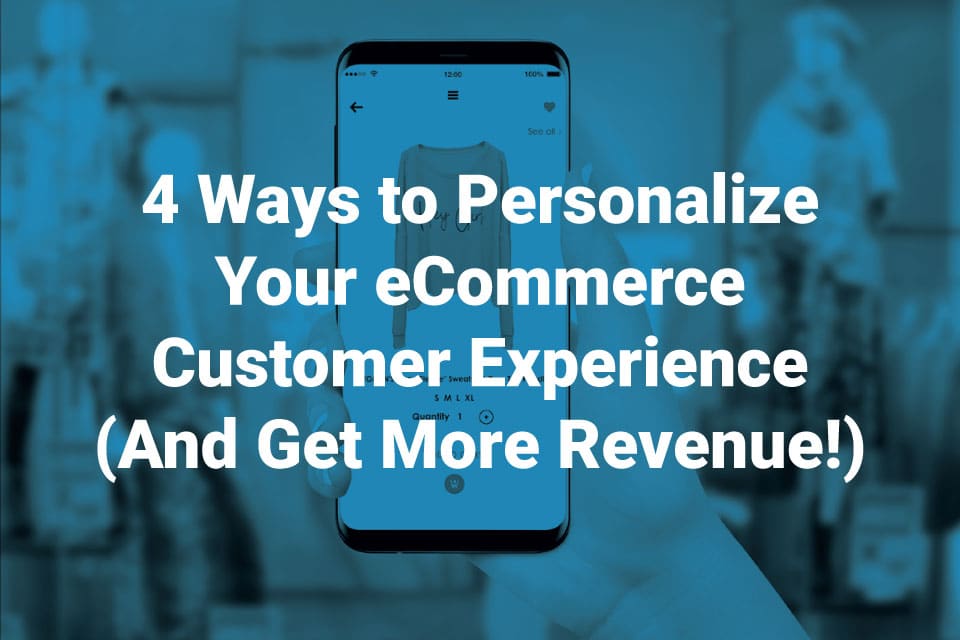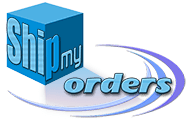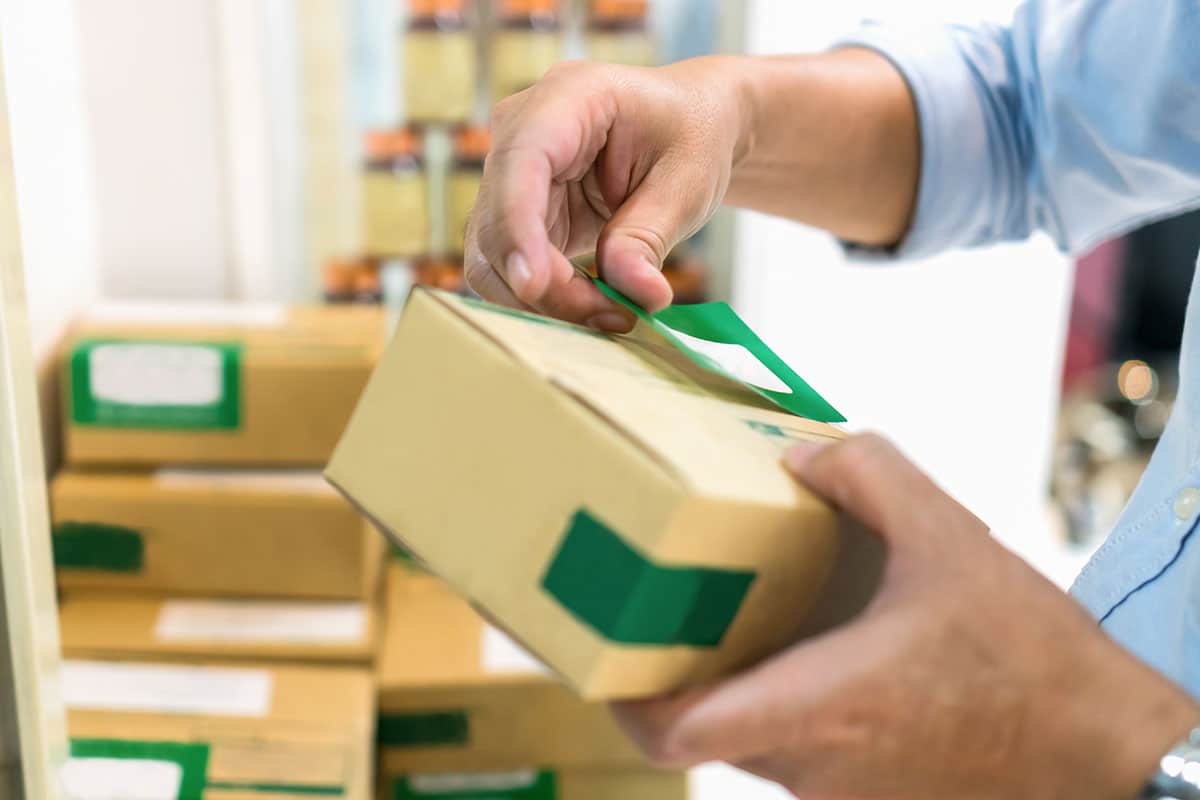4 Ways to Personalize Your eCommerce Customer Experience (And Get More Revenue!)

Your eCommerce site is built to help customers efficiently find and buy your products – but even with all the SEO and web development tools you have in your toolbox, creating a site that boasts an easy, and reliable customer experience always wins.
Whether your online customer experience helps your users through the ease of order fulfillment or through loyalty programs, a great customer experience on your ecommerce site will set you apart from your competitors.
Why Personalized Customer Experience Is Good for eCommerce Business
Customer personalization takes the customer’s journey and provides tailored recommendations, content, and deals that are aligned with that journey.
Put simply, a personalized customer experience builds trust with your customers. The personalization adds a level of reliability–they know they’re not just being marketed the same stuff. It was specifically designed for them on this buying journey, and when customization and personalization are present in your customer experience you’ll see how you can improve your customer experience on your ecommerce site.
Creating a memorable customer experience is important for ecommerce brands, because there is little if any, person-to-person interaction. That’s why creating a personalized plan is beneficial to include in your marketing strategies.
4 Ways to Personalize Your eCommerce Customer Experience
Personalizing your ecommerce site has the power to increase your sales, grow your brand and audience, and ultimately increase your revenue.
Now that we know the importance and impact of personalizing, let’s dive into the strategies you can implement to make a more personal, trust-building customer journey.
Offers And Discounts Based on User Experience And Customer Journey
Offers and discounts throughout the checkout process can help your customers move through their checkout faster – and ideally, encourage them to add more products to their cart. Here are some common ways to include personalized offers and discounts into the checkout process:
- Timed discounts are a sales strategy that lets the customer know this is a one-time opportunity–activating a fear of loss and ultimately leading the customer to make the purchase.
- Audience-growth campaigns help you increase your email list while giving your customer a reason to sign up. Adding a discount for unique users to the site can grow your audience quickly. And with email remaining one of the highest converting sales strategies for ecommerce, it’s a no-brainer.
- Common-visited pages can tell you a lot about your customers. For example, if you’re an apparel site and sell men’s and women’s clothing, but your customer is only buying casual men’s clothing, then serving up casual men’s apparel through display ads, email, and social makes sense. Collecting and storing this data will help you target and segment your customers appropriately.
Upsell And Cross-Sell
Upselling and cross-selling are all strategies to employ before, during, and after checkout. Each is appealing to the customer for varying reasons.
- Upselling is when you serve similar items that are more expensive to customers.
- Cross-selling is when you serve similar items that are similarly priced as well.
The food industry has capitalized off of cross-selling. Think about making an order for food online, often they recommend an item to pair with your meal, be it a drink or an appetizer. It’s appealing and suggests something that will match well with what the customer is ordering.
Similarly, ecommerce sites can cross-sell their products, apparel sites can promote their accessories along with their clothing, or vice versa at checkout. Making this an easy and efficient process for customers, which means adding something with just one click, is crucial for a successful checkout upsell or cross-sell.
Loyalty Program
About 50% of consumers say they would switch to a different brand based on a bad customer experience, leaving loyalty programs a good business decision for sustainable growth and revenue. Customers want to be taken care of during their process. Creating a loyalty program can be a daunting task, but it starts with customer service.
Customer loyalty programs can take many different forms. They can look like referral programs, but they can also be more nuanced. Your brand’s customer loyalty program can exist through all marketing, sales, and outreach channels. It’s meant to create lasting customers through great experiences. Here are some ways to implement a customer loyalty program:
- Reward your customers when they offer referrals, help you grow your social media, or write a review.
- Find ways to interact with your customers. eCommerce is a low-touch industry, but finding ways to through various channels to connect with your customers can build trust and loyalty.
- Consistency is key. Big brands like Target and Starbucks are successful because they offer consistency to their customers. They know what to expect when they land on a page – or walk into a store.
Abandoned Cart Emails
Shockingly, ecommerce sites lose billions each year through cart abandonment. There are various reasons why someone would decide to abandon their cart at checkout, but minimizing these reasons can help your site capitalize on those lost dollars each year.
Cart abandonment is likely to happen. And we’re not here to solve for 0% cart abandonment, but ecommerce sites can adopt strategies that help mitigate the effects of cart abandonment and encourage customers to return after they’ve abandoned their cart. Here are some examples:
- Keep their cart cached so when they return customers can easily checkout.
- Send an email shortly after they’ve abandoned. Shortly after is subjective, but a good rule is to spend about an hour or two after they’ve left their cart.
- Send SMS messages to customers after they’ve abandoned their cart, so they know they can return and quickly checkout. While not as common as email, it is a growth strategy.
Improve Your eCommerce Customer Experience With 3PL Services
While personalization is a popular and growing trend among ecommerce sites, it takes a lot of planning, strategizing, and working within your marketing department to execute. But when you implement personalization into your sales strategy – it will reward you with higher sales and revenue.
Provide your customers with a personalized and efficient online ordering process by utilizing a 3PL to enhance their experience. Contact us to learn more about our 3PL services and get a free quote today!

-1.png)


